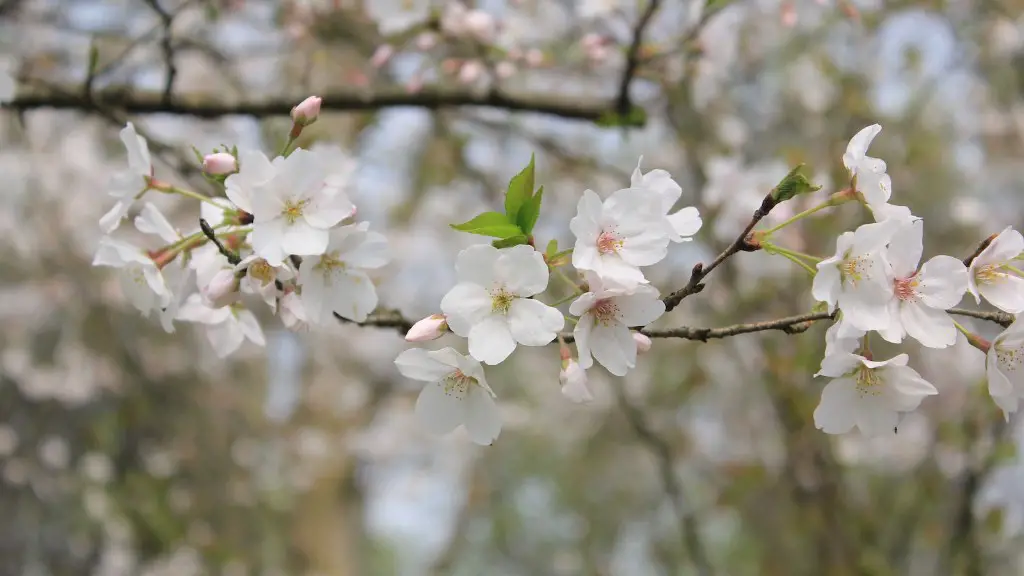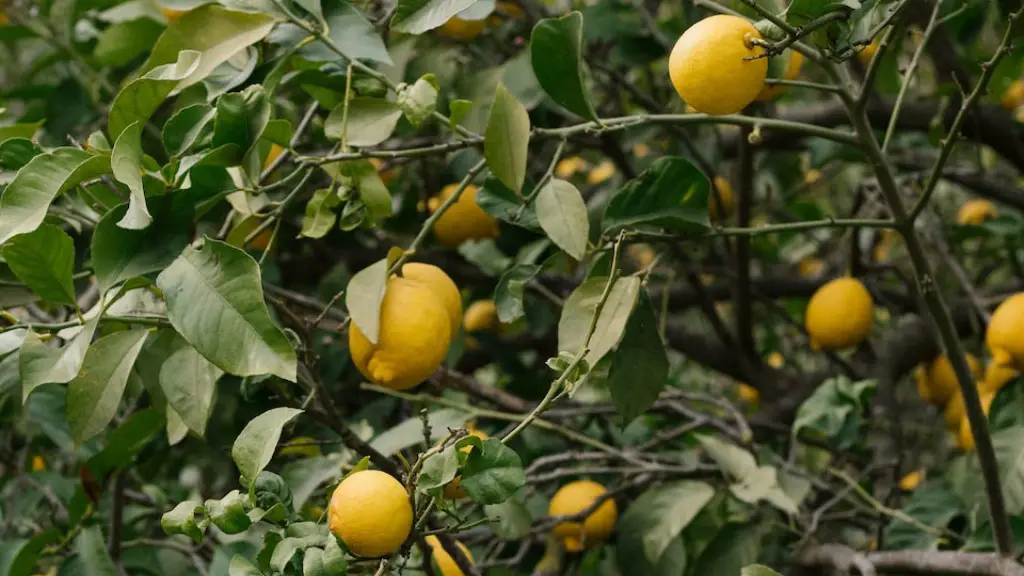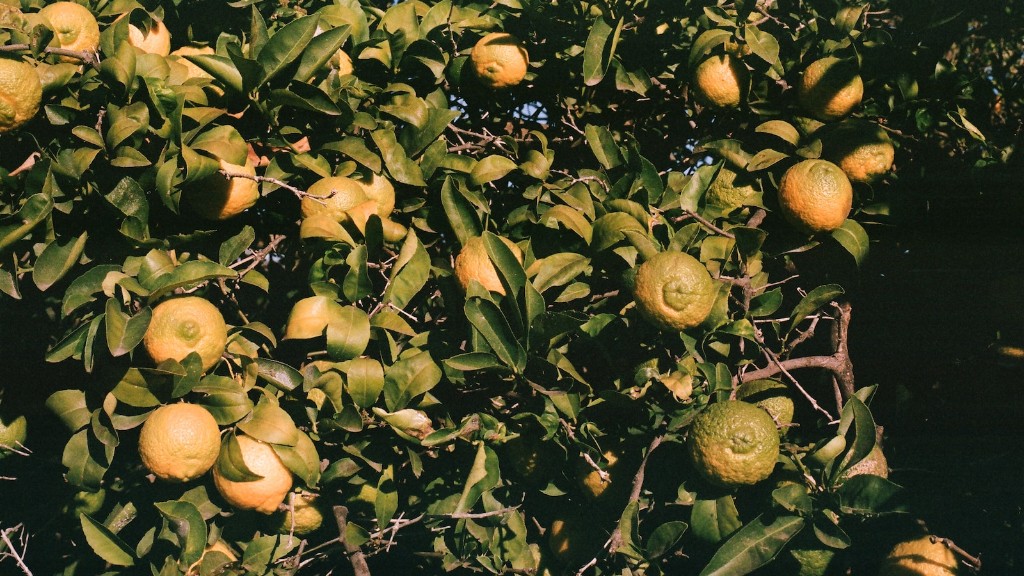Cherry Blossom trees, also known as Sato-zakura, are a beautiful and iconic symbol of Japan. They are a vital part of the cultural and historical significance of the country, and their intricate beauty captivates people from all over the world. The cherry blossom has long been a mainstay of the spring season in Japan, and the delicate blooms are often used as a symbol of renewal, hope, and beauty.
In order to properly care for a Japanese cherry blossom tree, it is important to understand the particular needs of this species. Japanese cherry blossom trees can survive in a variety of climates, but they prefer temperatures that are relatively mild and humid. They also need a certain amount of sunlight in order to thrive, and they are highly sensitive to soil conditions. While they can tolerate a variety of soil types, they prefer slightly acidic, well-draining soils.
When it comes to watering the tree, the key is proper timing and moderation. Cherry blossom trees should be watered every few weeks, and it is important to ensure that the soil does not become overly moist or dry. In addition to soil conditions, the amount of water a tree receives can have a significant impact on its health and ability to survive.
Cherry blossom trees also require regular trimming and pruning in order to maintain their distinctive shape and health. Pruning should be performed in late winter or early spring season, and it is essential that the tree is shaped in the correct and desired manner. In addition, it is important to fertilize the tree in order to keep it healthy. Japanese cherry blossom trees require only a moderate amount of fertilizer, and it should be applied every few months.
One of the most important things to keep in mind when caring for a Japanese cherry blossom tree is to be mindful of the changing seasons. During the winter months, it is important to keep the tree protected from extreme cold, and it is also necessary to cover it if there is snow. In addition, it is important to trim back the branches to allow for more sunlight during the warmer weather, as this will help to promote new growth.
With a bit of effort and regular maintenance, a Japanese cherry blossom tree can be kept healthy and beautiful for many years. As long as you are mindful of the changing seasons and follow the proper care instructions, you should have no difficulty in keeping your tree looking its best.
Protection From Pests
One of the most important aspects of caring for a Japanese cherry blossom tree is to protect it from common pests. Japanese cherry blossom trees are susceptible to pest infestations, including aphids, spider mites, and scale. To minimize the risk of infestation, it is important to inspect the tree carefully on a regular basis and take necessary steps to prevent or treat any outbreaks. This can include using neem oil, insecticidal soaps, or other methods of pest control. In addition, it is also important to keep the tree away from any areas of standing water, as this can attract pests.
Common Diseases
One of the challenges of caring for a Japanese cherry blossom tree is to prevent and treat any diseases that may affect the tree. As with pests, it is important to inspect the tree regularly and take steps to address any issues that may arise. Common diseases of Japanese cherry blossom trees include powdery mildew, canker diseases, and leaf spot. Each type of disease requires a different approach to treatment, and it is important to seek professional advice if any signs of infection become apparent.
Identifying Damages
It is also important to be aware of any damages that occur on the tree, as this may affect its overall health and appearance. Common signs of damage include branch breakage, weakened stems, and signs of poor nutrition. If any of these issues become apparent, it is important to address them as soon as possible in order to help ensure the long-term health of the tree.
Cultural Significance
For many people, an appreciation of the cultural significance of the cherry blossom tree adds an additional level of appreciation for this species. The cherry blossom tree has long been a symbol of renewal and hope, and for many people, seeing it in bloom can evoke a sense of awe and wonder. The blooms often appear for only a brief moment before they are swept away by the wind, and this fragility and beauty is part of why the tree is so beloved.
Creating A Sustainable Environment
Caring for a Japanese cherry blossom tree is also an act of environmental stewardship, as the tree can help create a more diverse and healthy ecosystem. The tree provides an important source of food and sustenance for local wildlife, in addition to adding to the beauty of the landscape. By creating an environment that is conducive to the health of the tree, you can help to ensure its sustainability for many years to come.


